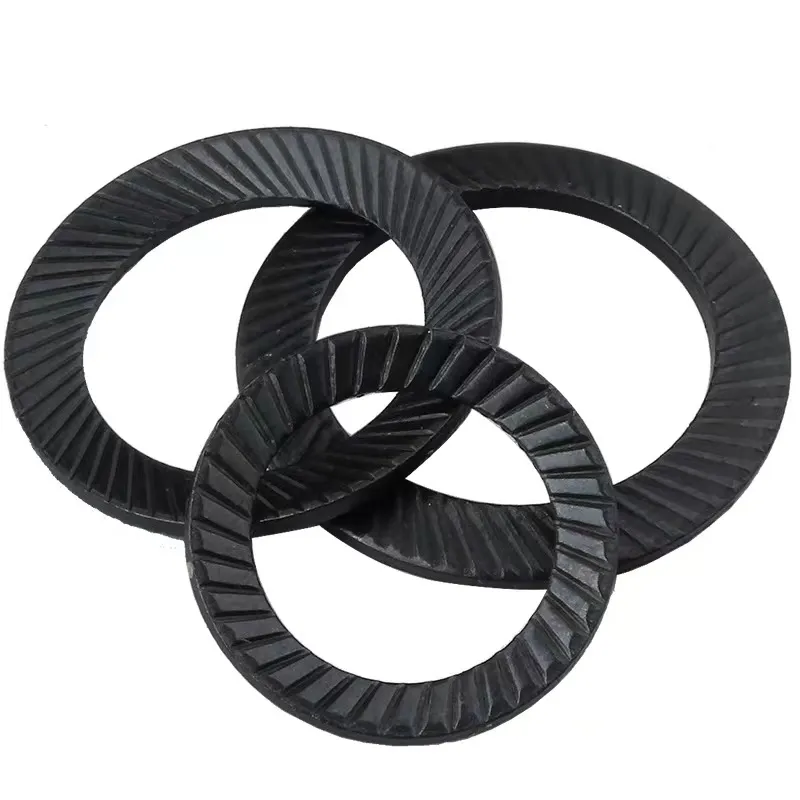

How to Effectively Use Self-Tapping Screws in Steel Applications for Optimal Results
Nov . 09, 2024 18:53 Back to list
How to Effectively Use Self-Tapping Screws in Steel Applications for Optimal Results
Self-Tapping Screws in Steel Applications A Comprehensive Overview
Self-tapping screws are a critical component in both construction and manufacturing, beloved for their ability to penetrate materials without the need for a pre-drilled hole. Among the various materials these screws can engage with, steel is one of the most demanding, necessitating an understanding of the specifics involved in using self-tapping screws effectively.
Understanding Self-Tapping Screws
Self-tapping screws are designed with a sharp point and spiral threads that allow them to create their own mating hole as they are driven into a material. This feature not only saves time during assembly but also enhances the joint's integrity by ensuring a snug fit. They come in various types, such as thread-forming and thread-cutting, each suited for specific applications and materials.
Thread-forming screws, often used in softer materials or thin gauge steel, push the material aside to create a tight grip. In contrast, thread-cutting screws remove material as they penetrate, making them ideal for harder materials like thicker steel. This distinction is critical when selecting the appropriate type of self-tapping screw for any project.
Choosing the Right Self-Tapping Screw
When working with steel, several factors dictate the choice of self-tapping screw. Firstly, the thickness of the steel is paramount; different screws are rated for specific thicknesses and should be selected accordingly. For example, sheet metal screws are typically used for lighter applications, while more robust screws are required for thicker or harder steel.
Secondly, the screw's material and coating should be considered. Stainless steel screws may be necessary for projects exposed to moisture, as they resist corrosion better than their carbon steel counterparts. Additionally, screws may be treated with coatings such as zinc plating to provide added resistance against rust and wear.
self tapping screw into steel

Installation Process
Installing self-tapping screws into steel requires careful preparation and execution. The surface of the steel should be clean and free from rust or debris to ensure a firm grip. When using power tools, it’s important to select the appropriate speed and torque settings; too much speed can lead to overheating and damage to the screw or material.
Before driving the screw, it can help to make a pilot hole, especially in thicker steel, to ease installation and prevent the screw from breaking. Using the correct driver bit is also crucial, as it ensures proper fit and reduces the risk of stripping the screw head.
Benefits of Self-Tapping Screws
One of the primary advantages of self-tapping screws is their efficiency. They streamline the assembly process by negating the need for multiple fasteners and tools, which is particularly valuable in manufacturing and assembly lines where time is a critical factor. Furthermore, because they create a close fit, they provide excellent resistance against vibrations and loosening over time, which enhances the durability of the construction.
Conclusion
In conclusion, self-tapping screws are an indispensable tool when working with steel. Their robust design, coupled with a range of materials and styles, makes them suitable for a variety of applications, from building structures to manufacturing machinery. Understanding the nuances of self-tapping screws—such as their different types, proper installation techniques, and the importance of material selection—can greatly impact the success and longevity of a project. Whether you're a DIY enthusiast or a professional contractor, investing time in choosing the right self-tapping screw for steel applications is essential to achieving strong, reliable results.
Latest news
-
Hot Dip Galvanized Bolts-About LongZe|High Strength, Corrosion Resistance
NewsJul.30,2025
-
High-Strength Hot Dip Galvanized Bolts - Hebei Longze | Corrosion Resistance, Customization
NewsJul.30,2025
-
Hot Dip Galvanized Bolts-Hebei Longze|Corrosion Resistance&High Strength
NewsJul.30,2025
-
High-Strength Hot-Dip Galvanized Bolts-Hebei Longze|Corrosion Resistance&High Strength
NewsJul.30,2025
-
Hot Dip Galvanized Bolts-Hebei Longze|Corrosion Resistance&High Strength
NewsJul.30,2025
-
Hot Dip Galvanized Bolts - Hebei Longze | Corrosion Resistance, High Strength
NewsJul.30,2025

